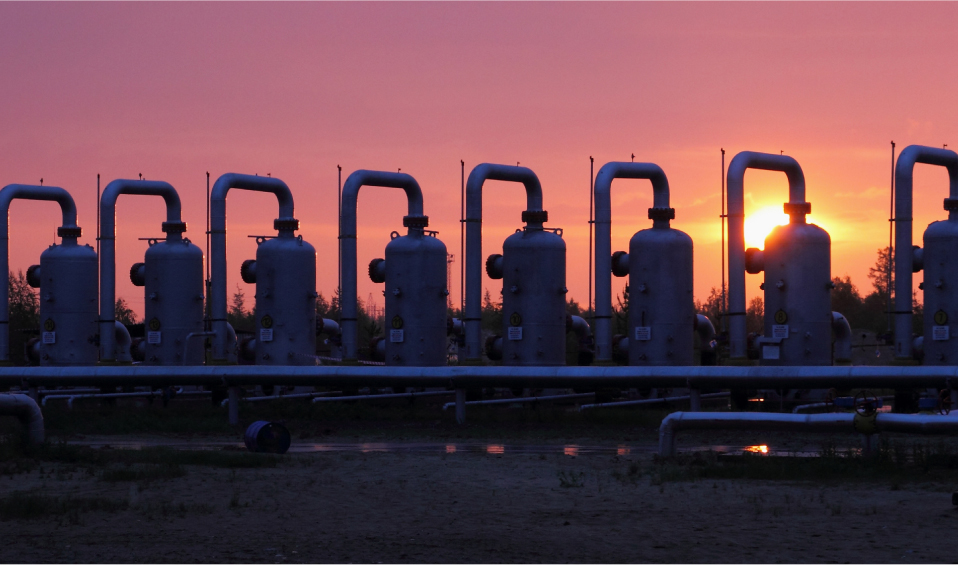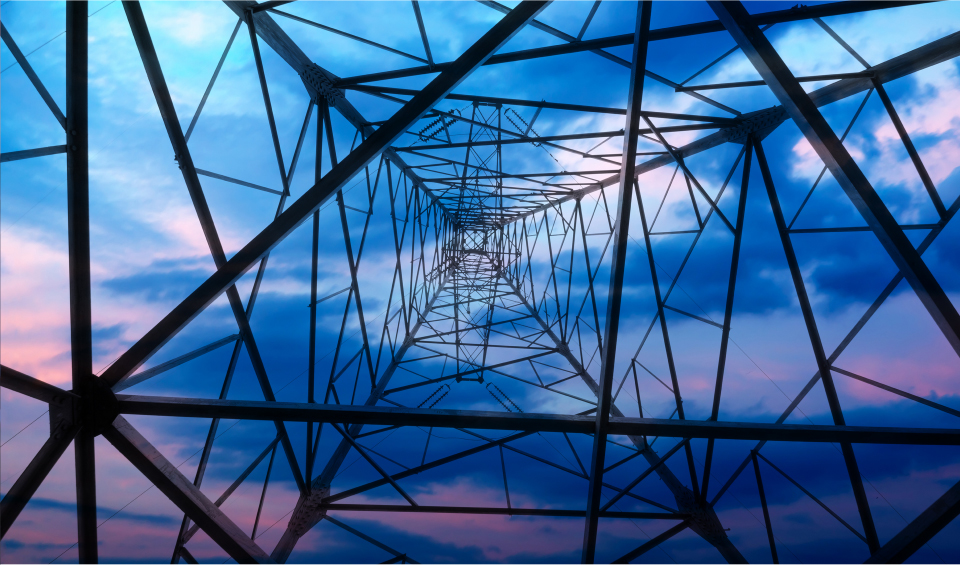
Thanks to ESCP Business School's Energy Management Centre wide network in the academic and business communities, our views on energy news give you comprehensive insight into energy issues.
Please join us...
In Japan, a Feed-in Tariff (FIT) scheme (the Act on Special Measures Concerning the Procurement of Renewable Energy by Electricity Utilities) was introduced in June 2012 to promote use of electricity from renewable energy sources (RES). The FIT is a major scheme for promoting RES electricity, which has been introduced in European countries including Germany, Spain, and the UK. Following these experiences, RES electricity has been smoothly increasing in Japan, particularly photovoltaics (PV). After the scheme was enforced, 2.4 GW of residential PV and 8.5 GW of non-residential PV have been newly introduced, which occupies 98% of the total newly introduced RES electricity (11.1 GW, as of June 2014). It is due to higher tariff for PV facilities (JPY 37/kWh for residential and JPY 32/kWh for non-residential in 2014) and its shorter lead time compared to other RES facilities. Because its power generation is fluctuated by weather conditions, connecting a large amount of PV to the power grid can cause a problem to balance supply and demand of electricity. In the FIT scheme, there are terms that the electricity companies can refuse to purchase and connect RES electricity under certain conditions. Priority connection of RES electricity is ensured in Europe, while it is not in Japan.
Climate change is the most significant global environmental issue, so policy discussions with mid- to long-term perspectives are ongoing worldwide (e.g., UNFCCC). At the same time, energy is a critical global issue in the current society. Recently, energy demand has dramatically increased in large emerging countries (e.g., China and India), driven by economic and population growth. This tendency will continue, thus raising concerns about energy supplies in the future. Also, because production and reserves of fossil fuels are located in a limited number of countries, other countries, including those in East Asia, that are poor in energy resources and dependent on imported fossil fuels will face potential price-fluctuations and geopolitical risks.
Climate change mitigation is aimed at reducing GHG emissions, in particular CO2. Promotion of energy efficiency and shifts to low-carbon energy are critical for reducing emissions. If energy savings and low-carbon energy use are both adopted, the volume of and the dependence on imported energy will decline - helping to improve energy security.
The Government of Japan newly developed the Basic Energy Plan in April 2014, which reflected the situation after the Fukushima Daiichi nuclear disaster occurred in March 2011. However, the plan did not show the energy mix (expected percentages of energy sources) in the future. On April 28, 2015, the Ministry of Economy, Trade and Industry (METI) announced the Long-term Prospect of Supply and Demand of Energy plan*, which includes the energy mix for FY2030. This prospect is directly related to the discussion on Japan’s greenhouse gas (GHG) emission reduction target for FY2030 (Intended Nationally Determined Contributions or INDCs).
The METI showed the following basic principles for developing the Long-term Prospect of Supply and Demand of Energy.
The concrete policy targets for 3E+S (Energy Security, Economic Efficiency, and Environment plus Safety) are as follows, considering safety as a top priority:




527 Finchley Road
London NW3 7BG
United Kingdom
Tel: +44 (0)20 7443 8800
Fax: +44 (0)20 7443 8845
E-mail: [email protected]










